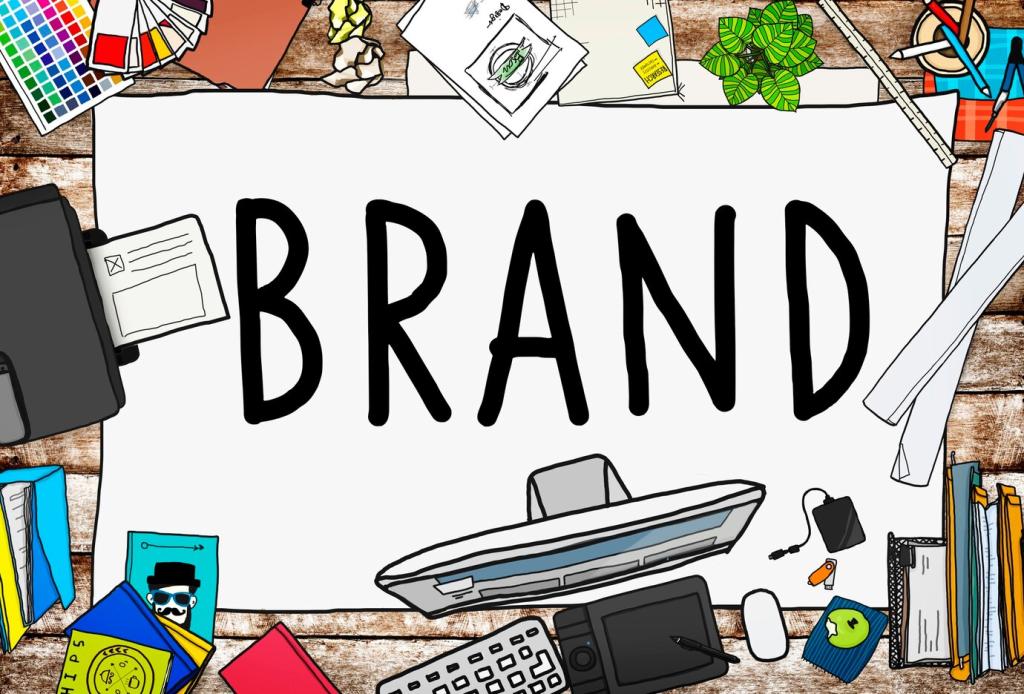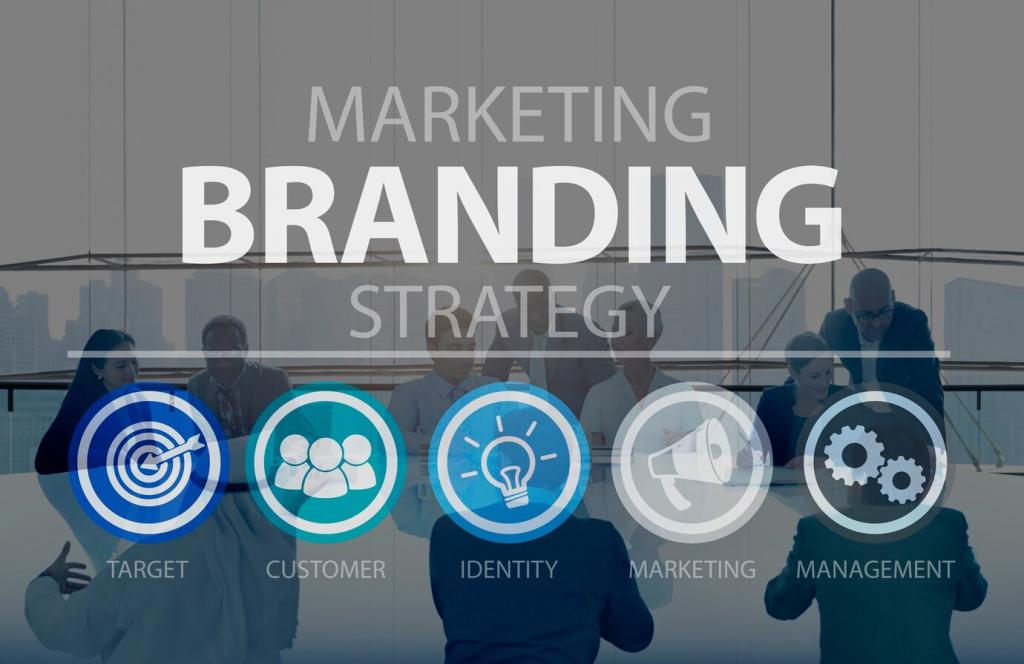From Awareness to Action: Copy Across the Sustainable Funnel
Open with a relatable tension your design solves: “Beauty without planetary debt.” Use headlines that turn abstract harm into concrete scenes—kitchens, commutes, classrooms—so people immediately imagine where sustainability fits in daily life.
From Awareness to Action: Copy Across the Sustainable Funnel
Clarify choices with comparison copy, icons, and concise benefits: “Refill in 30 seconds; one bottle replaces 40 disposables.” When readers quickly understand effort, savings, and impact, design features become obvious preferences rather than moral homework.






